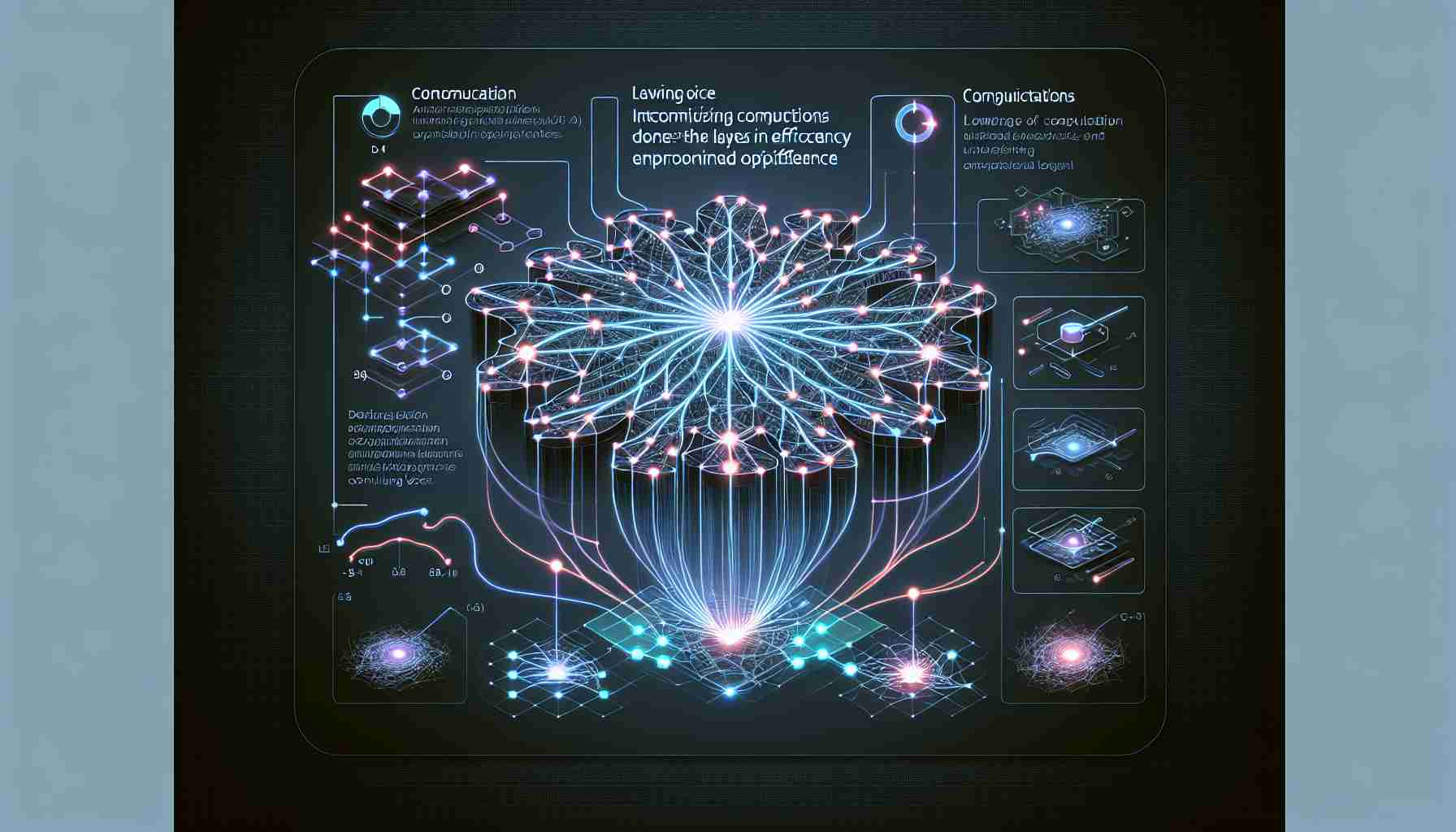Efficiency in neural networks is a critical challenge in the rapidly evolving field of artificial intelligence. Researchers are constantly seeking methods to minimize computational demands while preserving or enhancing model performance. One particularly intriguing strategy is optimized neural networks through structured sparsity—a promising approach that could revolutionize the way we train and deploy AI systems.
Sparse neural networks aim to reduce computational burden by pruning unnecessary connections between neurons. However, traditional sparse training methods struggle to maintain a delicate balance between computational efficiency and network performance. Random removals can lead to irregular memory access patterns or compromise the network’s learning capability.
Introducing Structured RigL (SRigL), a breakthrough method developed by a collaborative team from renowned institutions and companies including the University of Calgary, Massachusetts Institute of Technology, Google DeepMind, University of Guelph, and the Vector Institute for AI. SRigL tackles the challenge head-on by embracing structured sparsity and aligning with the natural hardware efficiencies of modern computing architectures.
SRigL leverages the concept of N: M sparsity, which ensures a structured pattern where N remains out of M consecutive weights, maintaining a constant fan-in across the network. This level of structured sparsity is not arbitrary but a product of meticulous empirical analysis and a deep understanding of neural network training.
The empirical results supporting SRigL’s efficacy are compelling. Rigorous testing across various neural network architectures, including CIFAR-10 and ImageNet datasets benchmarks, demonstrates SRigL’s prowess. For example, a 90% sparse linear layer achieved accelerations of up to 3.4×/2.5× on CPU and 1.7×/13.0× on GPU for online and batch inference, respectively, compared to equivalent dense or unstructured sparse layers. These speedups represent a seismic shift in neural network efficiency.
Moreover, SRigL introduces neuron ablation, allowing the strategic removal of neurons in high-sparsity scenarios. This strategy ensures that SRigL-trained networks are faster and smarter, capable of discerning and prioritizing essential connections for the task at hand.
The development of SRigL marks a significant milestone in the journey towards efficient neural network training. By leveraging structured sparsity, SRigL opens the door to a future where AI systems can operate at unprecedented levels of efficiency. It redefines the boundaries of sparse training, eliminating computational constraints as a bottleneck for innovation in artificial intelligence.
This groundbreaking research showcases the commitment of the researchers to enhance AI’s capabilities. Optimizing neural networks through structured sparsity not only revolutionizes efficiency but also offers a tantalizing glimpse into a future where AI can reach new heights.
FAQ
1. What is the challenge in artificial intelligence (AI) related to neural networks?
The challenge in AI is to improve the efficiency of neural networks, minimizing computational demands while maintaining or enhancing model performance.
2. What is structured sparsity in neural networks?
Structured sparsity is a strategy that aims to reduce computational burden by pruning unnecessary connections between neurons in a structured pattern, rather than randomly.
3. What is the breakthrough method called for optimized neural networks through structured sparsity?
The breakthrough method is called Structured RigL (SRigL).
4. Which institutions and companies collaborated to develop SRigL?
The collaborative team includes researchers from the University of Calgary, Massachusetts Institute of Technology (MIT), Google DeepMind, University of Guelph, and the Vector Institute for AI.
5. What is N: M sparsity?
N: M sparsity is a level of structured sparsity where N weights out of M consecutive weights remain, ensuring a constant fan-in across the neural network.
6. What are the benefits of SRigL?
SRigL achieves significant accelerations in neural network efficiency. For example, a 90% sparse linear layer achieved accelerations of up to 3.4×/2.5× on CPU and 1.7×/13.0× on GPU for online and batch inference, respectively, compared to dense or unstructured sparse layers.
7. What is neuron ablation in relation to SRigL?
Neuron ablation refers to the strategic removal of neurons in high-sparsity scenarios. This strategy ensures that SRigL-trained networks are faster and smarter, prioritizing essential connections for the given task.
Definitions:
– Efficiency in neural networks: The ability to achieve desired results while minimizing computational demands.
– Computational burden: The amount of computational resources required to perform a task.
– Pruning: Removing unnecessary connections between neurons in a neural network.
– Structured sparsity: Pruning connections in a structured, non-random pattern.
– Empirical analysis: Analysis based on real-world data and observations.
– Dense layers: Layers in a neural network where all connections between neurons exist.
– Unstructured sparse layers: Layers in a neural network where connections between neurons are randomly pruned.
– Neural network architectures: The specific design and structure of a neural network.
– CIFAR-10 and ImageNet datasets: Datasets commonly used for benchmarking and testing neural network models.
– CPU and GPU: Central Processing Unit and Graphics Processing Unit, respectively, used for computation in computers.
Suggested Related Links:
– Google AI
– Vector Institute for AI
The source of the article is from the blog crasel.tk

